Home>Gardening & Outdoor>Landscaping Ideas>How To Treat Patchy Grass
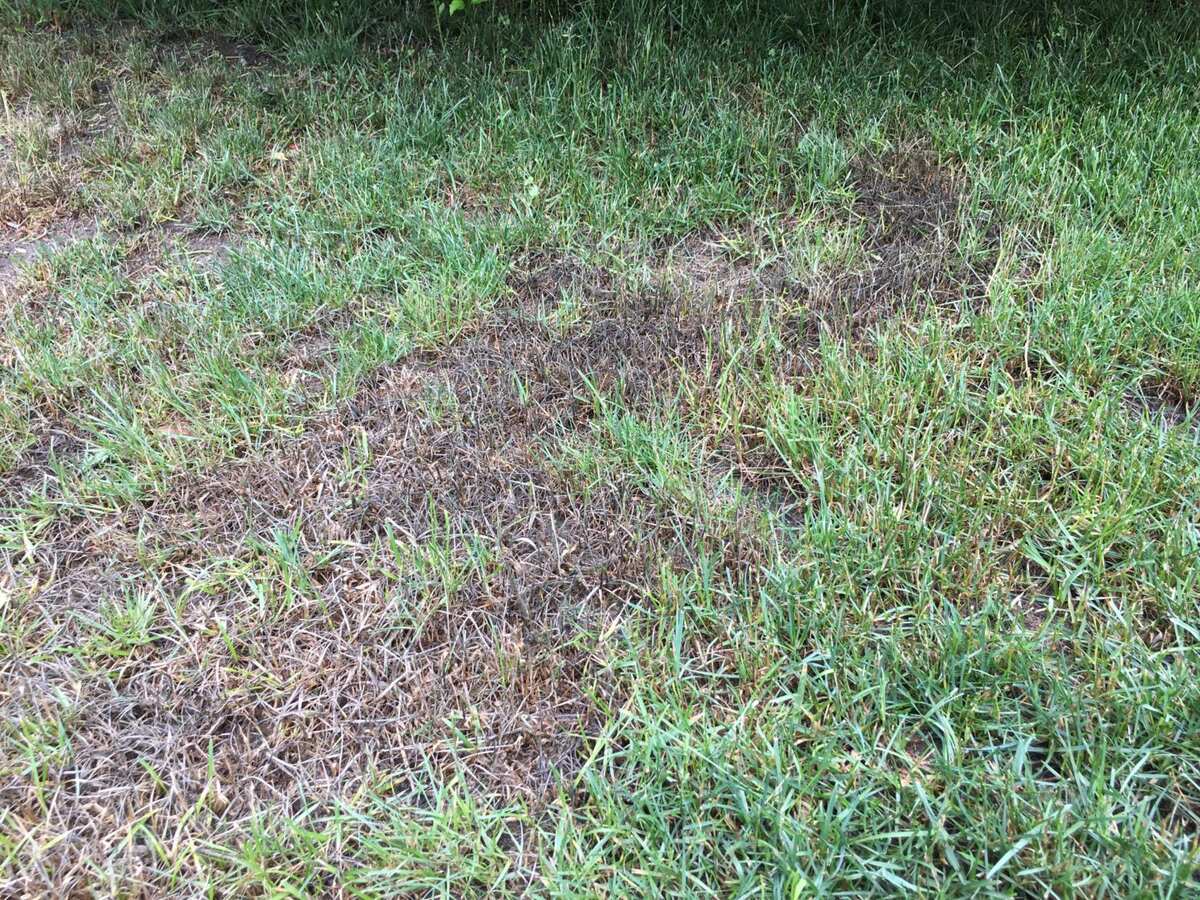

Landscaping Ideas
How To Treat Patchy Grass
Modified: August 28, 2024
Learn effective landscaping ideas to treat patchy grass and achieve a lush, green lawn. Discover expert tips for revitalizing your yard with our comprehensive guide.
(Many of the links in this article redirect to a specific reviewed product. Your purchase of these products through affiliate links helps to generate commission for Storables.com, at no extra cost. Learn more)
Introduction
Patchy grass can be a frustrating sight for any homeowner or gardener. The uneven, discolored areas can detract from the overall beauty of your lawn, leaving you eager to find a solution. Fortunately, treating patchy grass is a manageable task that can restore the lush green expanse you desire. Understanding the underlying causes of patchy grass and implementing effective treatment methods is crucial to achieving a healthy and vibrant lawn.
In this comprehensive guide, we will delve into the various factors that contribute to patchy grass and provide actionable steps to address this common issue. Whether it's due to compacted soil, inadequate watering, pests, or other factors, we'll explore the root causes and offer practical solutions to rejuvenate your lawn. By following these expert tips, you can transform your patchy lawn into a verdant oasis that enhances the aesthetic appeal of your outdoor space.
Let's embark on this journey to reclaim the beauty of your lawn and restore its vitality. With the right knowledge and strategies, you can overcome the challenges of patchy grass and cultivate a thriving, uniform carpet of greenery that will be the envy of your neighborhood.
Key Takeaways:
- Say goodbye to patchy grass by aerating the soil, overseeding, and addressing pests. Adjust watering, fertilize, and maintain for a lush, envy-worthy lawn.
- Prevent patchy grass with regular aeration, proper watering, and balanced fertilization. Monitor and maintain your lawn for long-term health and beauty.
Read more: How To Plant Grass Seed In Patchy Areas
Identifying the Cause of Patchy Grass
Patchy grass can stem from various underlying factors, and pinpointing the specific cause is essential for implementing targeted solutions. By closely observing the affected areas and considering environmental conditions, you can gain valuable insights into the root of the problem. Here are some common culprits behind patchy grass:
-
Compacted Soil: Soil compaction can hinder the growth of grass by restricting root development and impeding water and nutrient absorption. High foot traffic, heavy machinery, or natural settling over time can contribute to soil compaction, leading to patchy and sparse grass in affected areas.
-
Inadequate Watering: Insufficient or uneven watering can result in patchy grass, as some areas receive more moisture than others. This imbalance can lead to stunted growth and discoloration, creating a patchy appearance across the lawn.
-
Pests and Diseases: Infestations by pests such as grubs, chinch bugs, or fungal diseases can cause localized damage to grass, resulting in irregular patches of unhealthy turf. Identifying the specific pest or disease responsible is crucial for effective treatment.
-
Nutrient Deficiency: Imbalanced soil nutrients, particularly nitrogen, phosphorus, and potassium, can manifest as patchy grass. Nutrient deficiencies can weaken the grass, making it more susceptible to stress and discoloration.
-
Shade and Sunlight Discrepancies: Variations in sunlight exposure across the lawn can lead to patchy grass, as certain areas may receive inadequate or excessive sunlight. Shaded areas may struggle to support healthy grass growth, while excessive sunlight can scorch and thin out the turf.
By carefully assessing these potential causes and examining the affected areas, you can gain valuable insights into the specific factors contributing to patchy grass. This understanding will serve as a solid foundation for implementing targeted treatment strategies to revitalize your lawn.
Steps to Treat Patchy Grass
Addressing patchy grass involves a systematic approach that targets the underlying causes while promoting healthy regrowth. By following these steps, you can effectively revitalize your lawn and restore its lush, uniform appearance.
1. Aerate the Soil
Compacted soil can impede the growth of grass by restricting root development and hindering essential air and water penetration. Aerating the soil using a core aerator or aeration shoes can alleviate compaction, allowing the grassroots to access vital nutrients and moisture. This process promotes improved soil structure and facilitates the rejuvenation of patchy areas.
2. Overseed the Patchy Areas
Overseeding is a key strategy for replenishing patchy grass. Select high-quality grass seed that is well-suited to your region and lawn conditions. Prepare the patchy areas by loosening the soil and removing debris, then evenly distribute the grass seed. Lightly rake the soil to cover the seeds and promote soil-seed contact. Adequate watering is crucial to support germination and the establishment of new grass in the patchy areas.
Read more: How To Treat Weeds In Bermuda Grass
3. Address Pest and Disease Issues
If pests or diseases are identified as the culprits behind patchy grass, targeted treatment is essential. Consult with a professional or utilize appropriate pest control products to address infestations and mitigate disease spread. Implementing integrated pest management practices can help safeguard your lawn from future pest and disease-related issues.
4. Adjust Watering Practices
Inadequate or uneven watering can contribute to patchy grass. Adjust your watering practices to ensure consistent moisture levels across the lawn. Utilize a sprinkler system or hose with a timer to deliver even irrigation, promoting healthy growth and minimizing the risk of patchy areas reemerging.
5. Fertilize and Nourish the Lawn
Applying a balanced fertilizer can replenish essential nutrients and promote vigorous grass growth. Select a fertilizer with the appropriate nitrogen, phosphorus, and potassium levels to address any nutrient deficiencies. Additionally, consider using organic amendments to enhance soil health and support the long-term vitality of your lawn.
6. Monitor and Maintain
Regular monitoring and maintenance are crucial for sustaining a healthy, uniform lawn. Keep an eye on the treated patchy areas, ensuring that the new grass establishes successfully. Implement routine mowing, proper watering, and proactive pest and disease management to preserve the overall health and appearance of your revitalized lawn.
By diligently following these steps and addressing the specific factors contributing to patchy grass, you can effectively rejuvenate your lawn and cultivate a vibrant, cohesive expanse of lush greenery. With patience and consistent care, your efforts will yield a revitalized and resilient lawn that enhances the beauty of your outdoor space.
Read more: How To Treat Grass Burn On Skin
Preventing Patchy Grass in the Future
Preventing patchy grass in the future is essential for maintaining a consistently healthy and vibrant lawn. By implementing proactive measures and incorporating sustainable lawn care practices, you can minimize the risk of patchy areas reemerging, ensuring that your lawn remains lush and uniform over the long term.
1. Regular Aeration and Soil Maintenance
Scheduling regular aeration sessions for your lawn can prevent soil compaction, a common cause of patchy grass. By allowing air, water, and nutrients to penetrate the soil more effectively, aeration promotes robust root development and overall turf health. Additionally, incorporating organic matter into the soil, such as compost or natural mulch, can enhance soil structure and fertility, contributing to the sustained vitality of your lawn.
2. Proper Watering Techniques
Adopting proper watering techniques is crucial for preventing patchy grass. Utilize a targeted approach to watering, ensuring that the entire lawn receives adequate moisture without creating waterlogged or parched areas. Consider investing in a programmable irrigation system that delivers consistent and even watering, promoting uniform grass growth and minimizing the risk of patchy areas developing due to moisture imbalances.
3. Regular Maintenance and Monitoring
Consistent maintenance and vigilant monitoring are fundamental for preventing patchy grass. Implement a routine lawn care schedule that encompasses mowing, fertilizing, and pest management. Regular mowing at the appropriate height for your grass species promotes even growth and discourages the emergence of patchy areas. Additionally, proactive pest and disease monitoring and management can safeguard your lawn from potential threats that could lead to localized damage.
Read more: How To Treat Grass For Fleas
4. Balanced Fertilization and Nutrient Management
Maintaining balanced fertilization and nutrient management practices is essential for sustaining a healthy lawn. Conduct soil tests to assess nutrient levels and pH, allowing you to tailor your fertilization approach to address any deficiencies. By providing the necessary nutrients in a balanced manner, you can fortify the grass against stressors and promote consistent growth, reducing the likelihood of patchy areas developing due to nutrient imbalances.
5. Strategic Landscaping and Sunlight Optimization
Strategic landscaping and optimizing sunlight exposure can contribute to a more uniform and resilient lawn. Consider the placement of trees, shrubs, and other landscape features to minimize shade variances that can lead to patchy grass. Additionally, strategically positioning outdoor structures or utilizing shade-tolerant grass species in shaded areas can help maintain a more consistent turf across your lawn.
By integrating these preventive measures into your ongoing lawn care regimen, you can establish a robust foundation for sustained grass health and minimize the risk of patchy areas emerging in the future. Consistent attention to soil health, watering practices, maintenance, and nutrient management will contribute to a flourishing and visually appealing lawn that enhances the overall beauty of your outdoor environment.
Frequently Asked Questions about How To Treat Patchy Grass
Was this page helpful?
At Storables.com, we guarantee accurate and reliable information. Our content, validated by Expert Board Contributors, is crafted following stringent Editorial Policies. We're committed to providing you with well-researched, expert-backed insights for all your informational needs.

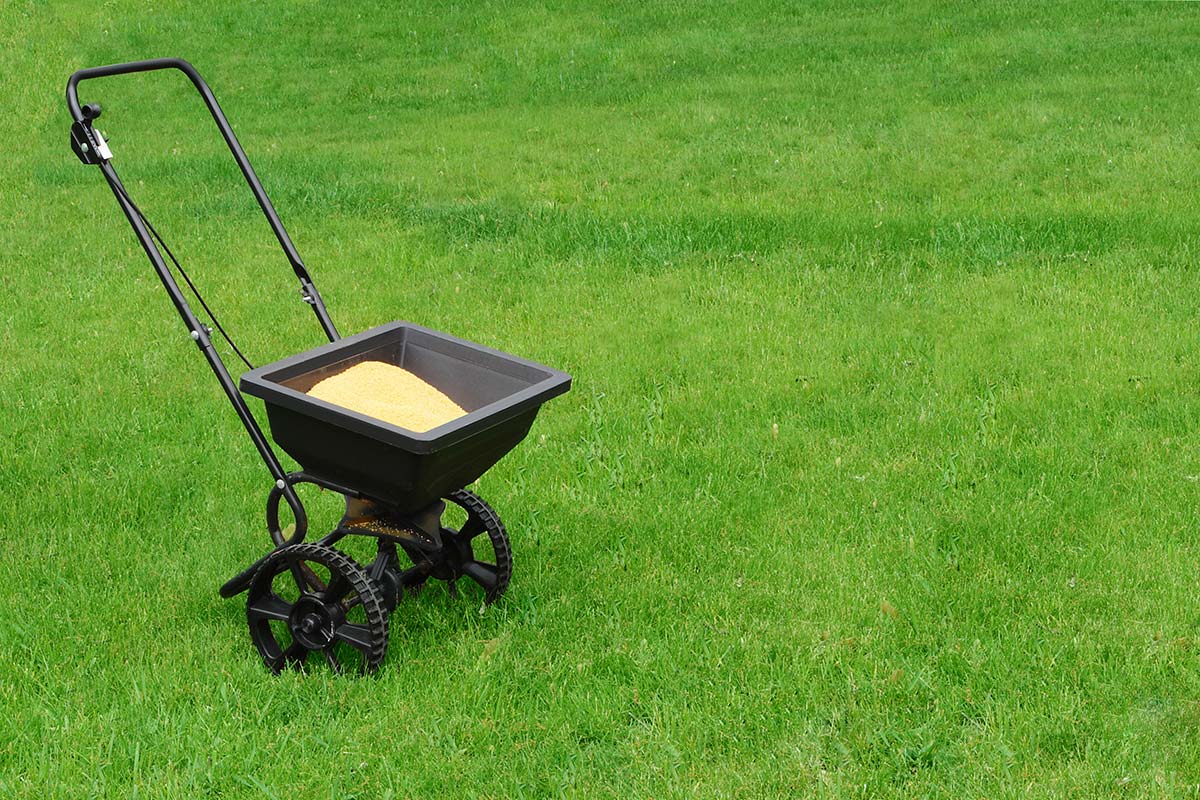
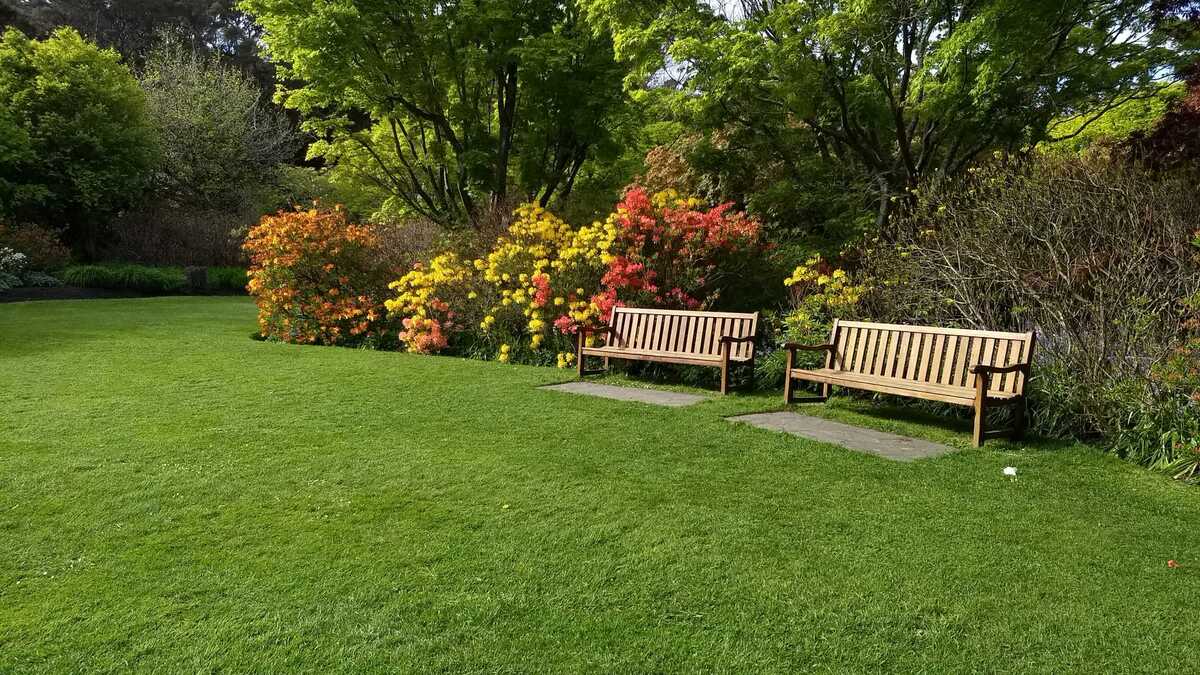
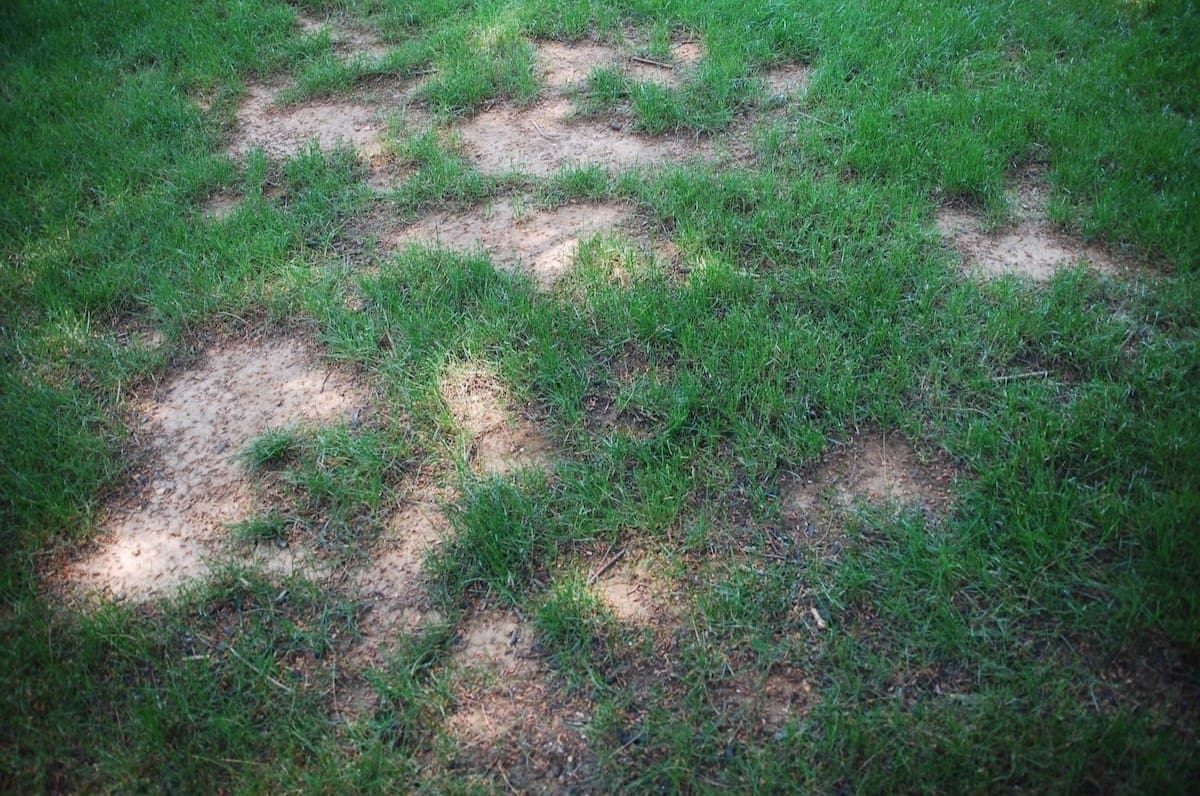
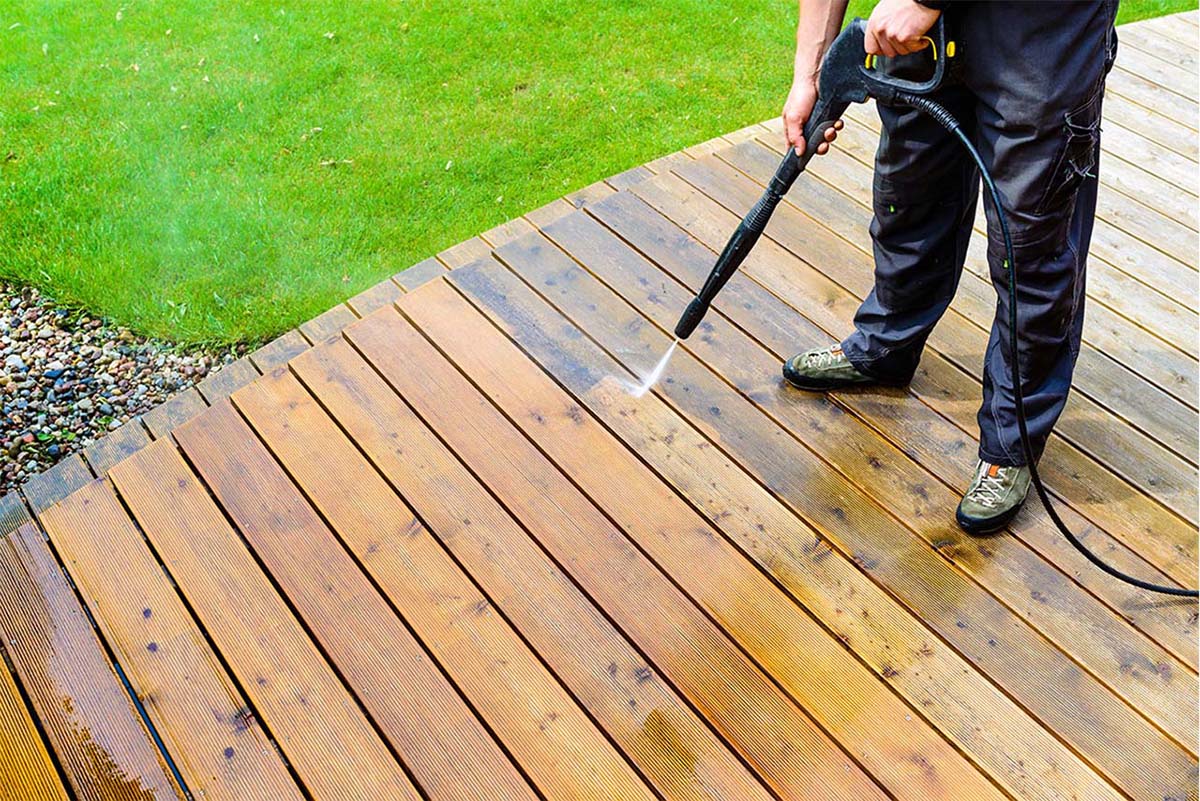

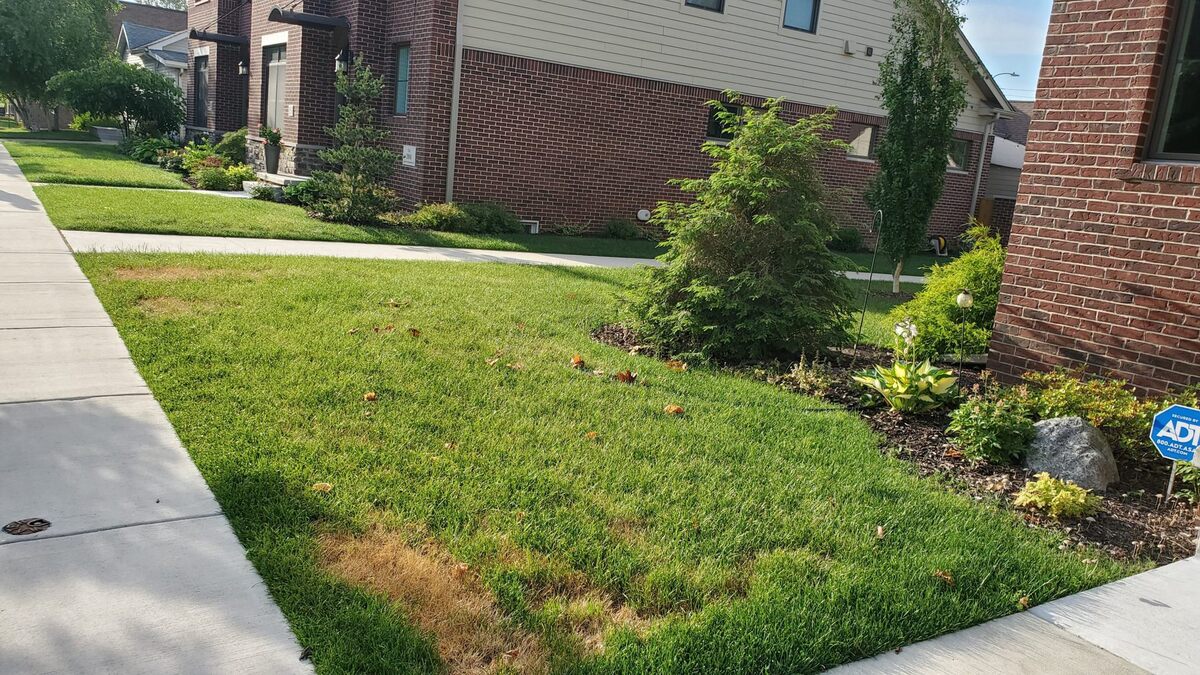
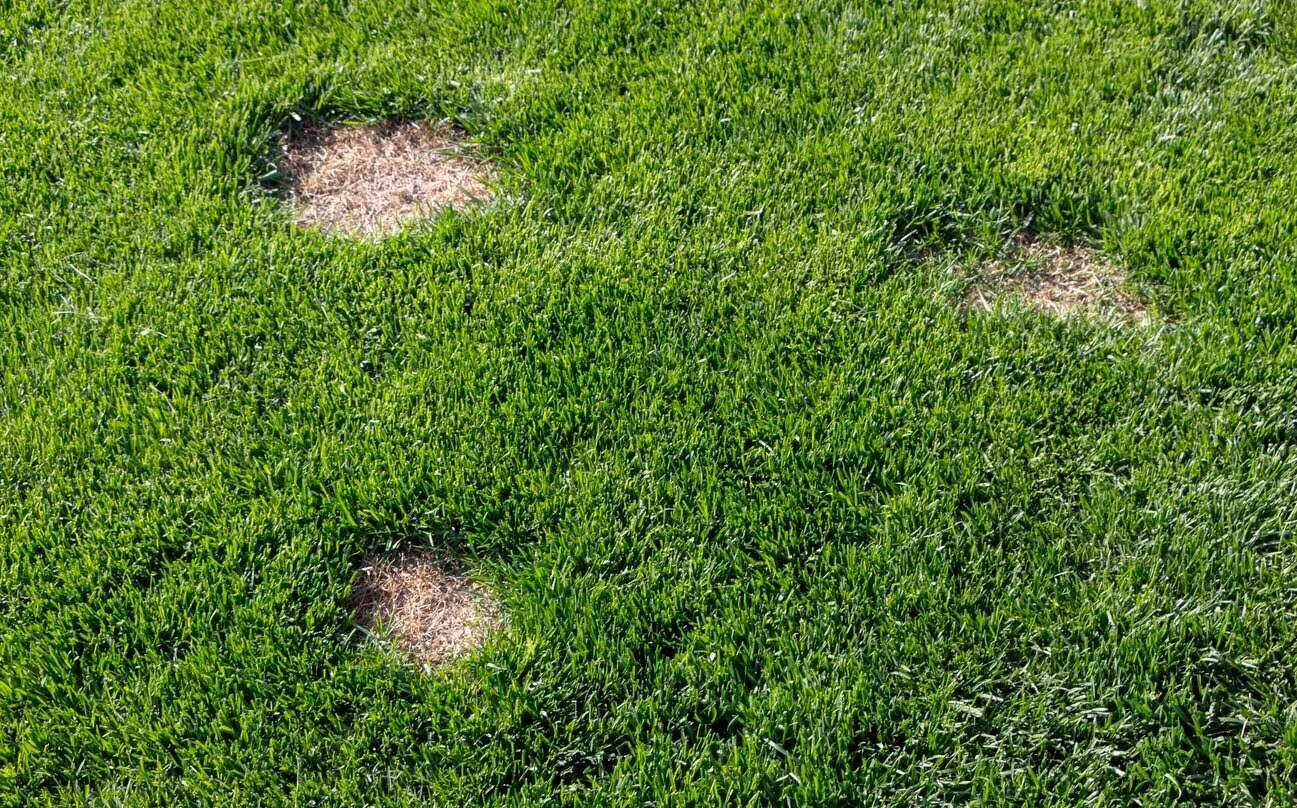
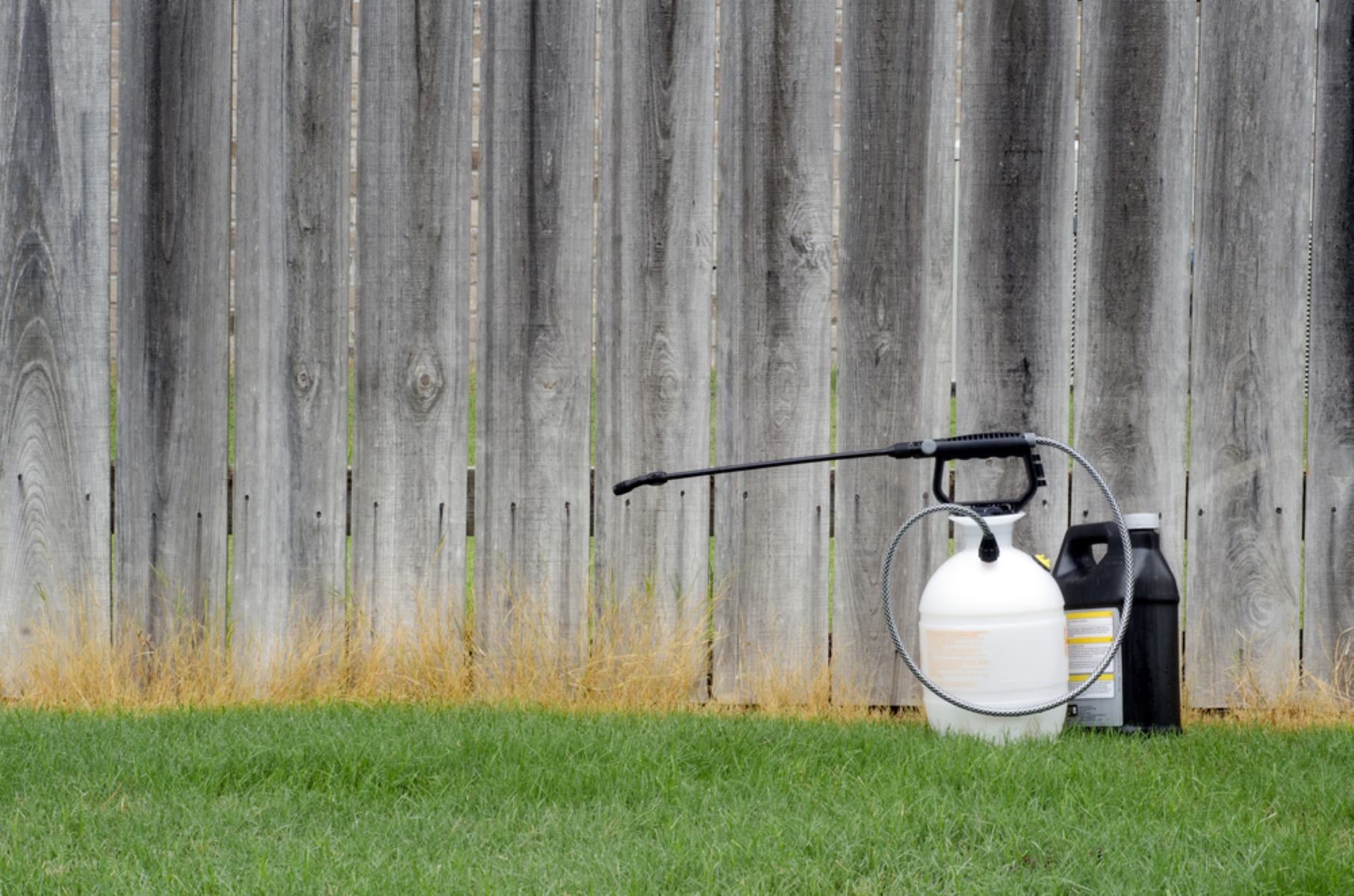
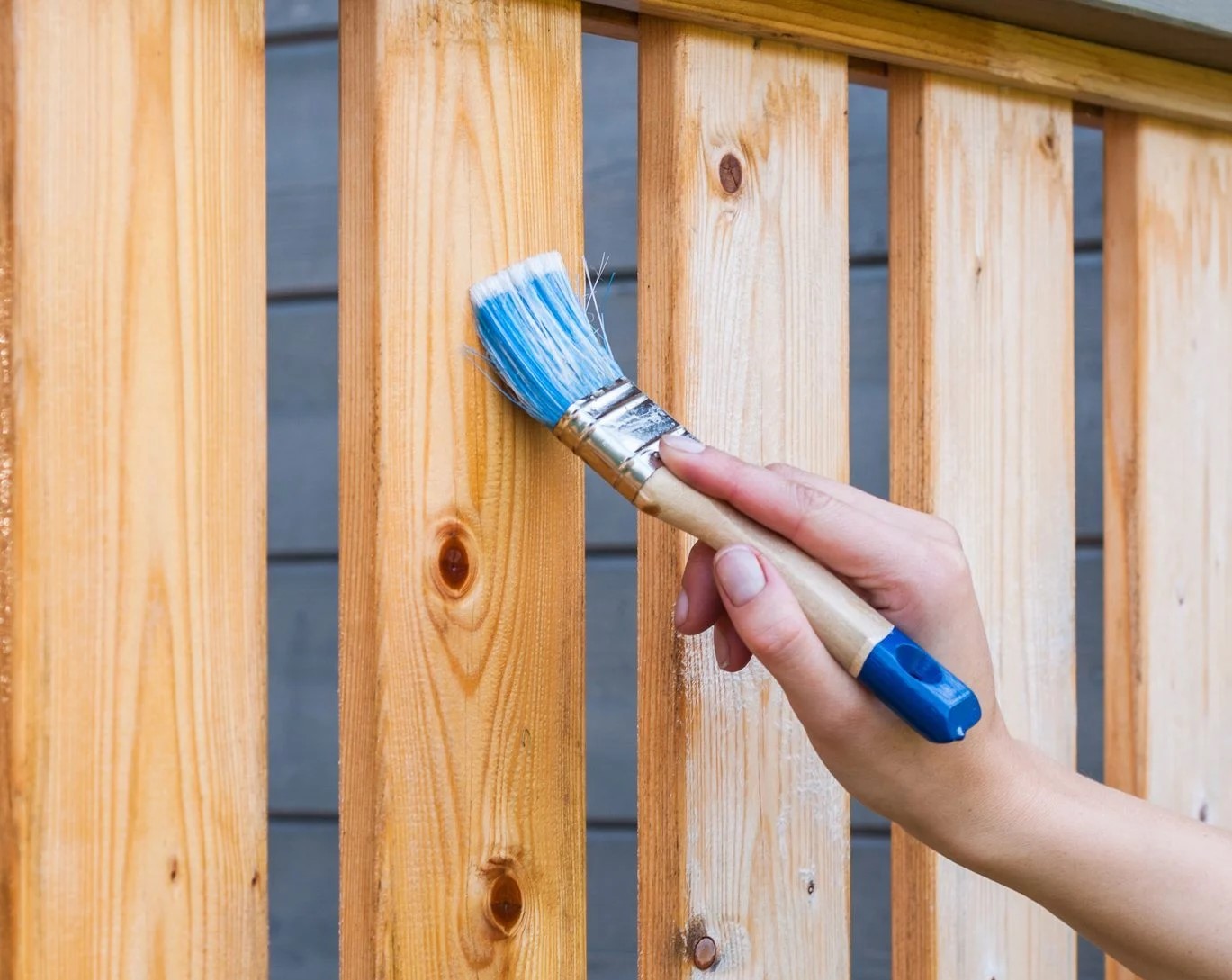

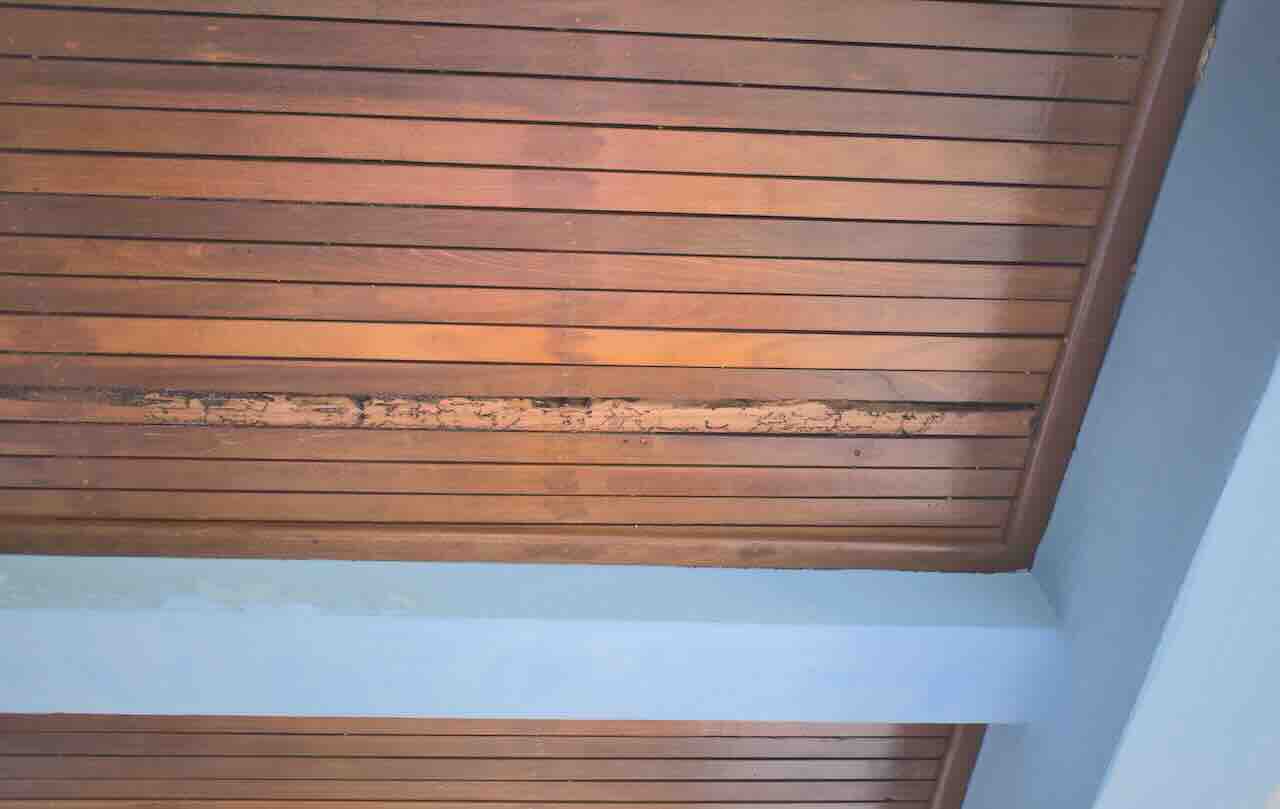

0 thoughts on “How To Treat Patchy Grass”